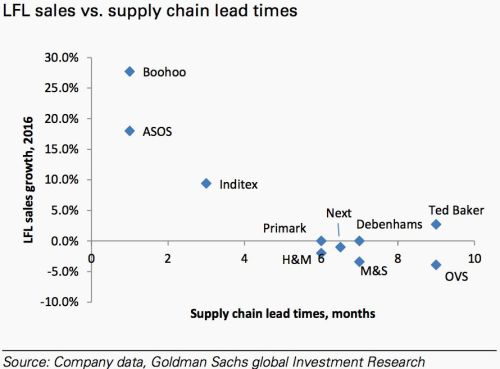One of the biggest supply chain stories of the past week has been the saga of the Ever Given, the ginormous container ship blocking the Suez Canal. Bloomberg has a nice podcast interviewing the head of a global shipping line about the crisis (Baystate Business: Laurence Odfjell, Mar 30).
There are two interesting part to this. First, he gets into some of the physics that likely contributed to how the ship got stuck. Second, he talks about the challenges his firm faced — particularly with ships on the way to the canal and whether those should be sent to a different route.
The Wall Street Journal also has had some interesting reporting — emphasizing the knock on effects of the delays (Suez Canal Traffic Resumes Slowly as Some Ships Weigh Anchor, Others Wait, Mar 30):
Logistics experts were forecasting port congestion in Asia and Europe as some of these diverted vessels arrive at ports around the same time as the delayed vessels now making their way slowly through the canal. That is on top of regularly scheduled traffic.
“This backup risks leading to a concentration of volume,” said Luigi Bruzzone, an analyst for the port of Genoa, one of Italy’s busiest. “What we were expecting to come throughout April will now be concentrated in the last two weeks of the month.”
In short, while the grounding of the Ever Given has been a very visible event, its impact is going to be last for months and likely much less visible to those not in the industry.

